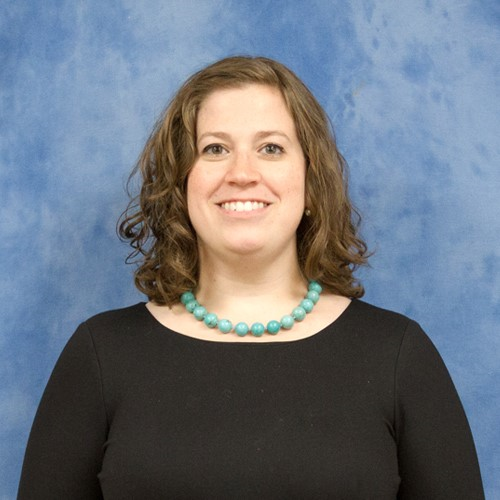Pandemic Exposes School Struggles for Many Children

Beth Bloom Emrick, MD, FAAP
September 7, 2021
“Dr. Emrick,” Annie’s mother whispered, almost afraid to say the words out loud. “I’m not sure she can read.” Annie was attending school via remote learning for the first semester of 3rd grade, and it became obvious to her mother how much Annie was struggling. It had been almost a year since Annie was last in the school building. She met with her teacher for classes in the online platform, but she had to do a lot of the work on her own.
Her mother discovered that she needed a lot of support to complete the assignments; they spent hours doing homework and schoolwork each day. I could see they were both feeling overwhelmed and frustrated. They needed help.
This was not a unique story in my developmental pediatrics clinic during the pandemic, unfortunately. The last year and a half have brought a lot of new challenges. Teachers and students had to adapt to online platforms. Those who had chosen in-person learning still had to deal with intermittent closings as the COVID-19 case numbers spiked. From my patients with ADHD who still managed to get in trouble for “talking” during class using the chat feature to those with learning disorders who felt themselves falling behind, the school closings shined a spotlight on the students who were struggling.
Many parents and caregivers started noticing signs of learning differences for the first time as schoolwork shifted to the home. Families often feel frustrated and stuck; they don’t know how to help their child. They are afraid of repeated grades and school failure.
The pediatrician is often the first stop for families to raise these concerns.
Understood, a nonprofit that serves families of children who think and learn differently, has partnered with the AAP to develop Take N.O.T.E., a mnemonic that helps families spot signs of learning and thinking differences, look for patterns, and empowers them to seek support. Take N.O.T.E. stands for:
- Notice if there’s something going on with your child that’s out of the ordinary.
- Observe and keep track of patterns.
- Talk with other people who can help support your child, like pediatricians, teachers, and other caregivers.
- Engage your child to get information and explore options for what to do next.
These simple steps can help families recognize the signs of learning differences early and the campaign and online tool encourages them to raise any concerns with a trusted professional, such as their pediatrician. The sooner the difficulties are noticed and identified, the sooner educational interventions and supports can be implemented.
The AAP has additional resources to support pediatricians in the next steps, including the 2019 clinical report that gives an approach to help school-aged children who are not progressing academically.
When I see families concerned about their children’s academic progress in clinic, I attempt to validate their concerns. By noticing the learning difficulties and bringing it up in a visit, they are doing exactly the right thing. It helps them to know that I take the concerns seriously; after all, they know their child the best! We develop a plan for the evaluation, which will guide the intervention.
“Having a plan gives a family hope that the learning difficulty will be addressed and their child won’t slip through the cracks.”
I tell my patients that everyone has things that are easier or more difficult, and I am going to figure out how to help make learning easier. Having a plan gives a family hope that the learning difficulty will be addressed and their child won’t slip through the cracks.
I’m pleased to report that Annie began receiving reading services after her learning problem was identified. With appropriate supports, she was already feeling more confident and was planning to read for fun over the summer. Her mother was happy that Annie was less frustrated with schoolwork and was feeling excited to go back to school in person.
Many students are back in school, and pediatricians can be ready to support them with the transition. Some students will struggle after all the disruptions of the last year and a half, but pediatricians can encourage parents to Take N.O.T.E. and to seek help.
*The views expressed in this article are those of the author, and not necessarily those of the American Academy of Pediatrics.
About the Author
Beth Bloom Emrick, MD, FAAP
Beth Bloom Emrick, MD, FAAP, is an associate professor and developmental-behavioral pediatrician at the Marshall University Joan C. Edwards School of Medicine Department of Pediatrics. She is the West Virginia Chapter Vice President for AAP and a member of the Section on Developmental and Behavioral Pediatrics.